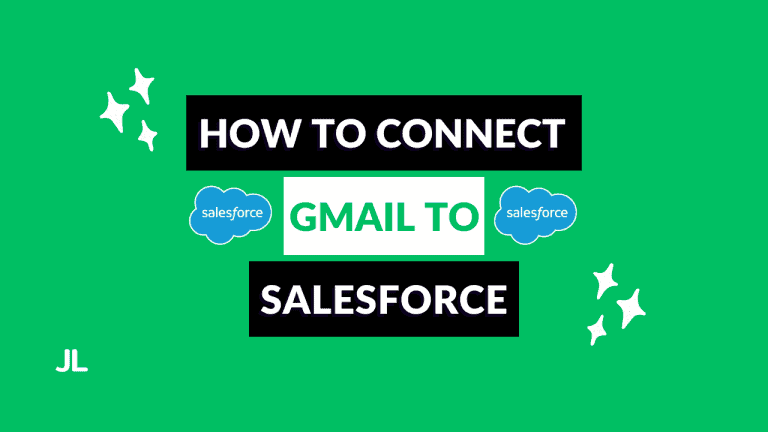
If you’ve ever opened Salesforce and found multiple leads for the same person or five “Acme Corp” accounts, you know how messy data can get.
Duplicate records are annoying, waste time, confuse teams, and break reporting.
Salesforce Duplicate Management helps you prevent that chaos.
In this post, you’ll learn how it works, how to set up matching rules and duplicate rules, and how to apply it to real-world business scenarios.
What Is Duplicate Management in Salesforce?
Duplicate Management is Salesforce’s built-in feature that detects and prevents duplicate records in your org. It works across objects like Leads, Contacts, and Accounts, and it’s made up of two main parts:
- Matching Rules – Define how Salesforce identifies potential duplicates (what fields need to match).
- Duplicate Rules – Define what happens when a potential duplicate is found (block, alert, or allow).
Matching rules identify duplicates; duplicate rules decide what to do with them.
Step 1: Create a Matching Rule
Matching rules tell Salesforce which fields to compare between records.
You want Salesforce to flag any two leads with the same email address.
How to Set It Up
- Go to Setup → Quick Find → Matching Rules.
- Click New Rule.
- Choose the object (e.g., Lead).
- Name it something clear like Lead Email Match.
- Under Matching Criteria, select Email as the field.
- Choose a Matching Method:
- Exact – Must match exactly (great for emails).
- Fuzzy – Finds similar values (useful for names or company fields).
- Save and Activate your rule.
You can also add filter logic or include multiple fields for advanced matching (e.g., “Email AND Company Name”).
Matching rules define your duplicate logic. Start simple, then layer complexity as your org grows.
Step 2: Create a Duplicate Rule
Once Salesforce knows how to spot duplicates, you need to decide what to do when it finds one.
How to Set It Up
- In Setup, search for Duplicate Rules.
- Click New Rule and choose your object (e.g., Lead).
- Name it something like Lead Email Duplicate Rule.
- Under Record-Level Security, choose:
- Enforce sharing rules (checks only records the user can access)
- Bypass sharing rules (checks all records in your org)
- Decide what happens when a duplicate is found:
- Block users from saving the record, or
- Allow but Alert the user about the duplicate.
- Add an Alert Message (e.g., “This email already exists as a lead or contact”).
- Select the Matching Rule you created earlier.
- Save and Activate the rule.
Duplicate rules control user behaviour. Block duplicates for strict data control or alert users for flexibility.
Real-World Example: Lead and Contact Email Match
Let’s apply this to a business scenario.
ClickPioneer, a global digital company, wants to alert users when a new Lead has the same email address as an existing Contact in Salesforce.
Steps to Implement
- Create a Matching Rule for the Contact object:
- Field: Email
- Matching Method: Exact
- Name: Contact Email Match
- Save and activate.
- Create a Duplicate Rule for the Lead object:
- Compare Leads against Contacts.
- Matching Rule: Contact Email Match
- Choose to alert (not block) users.
- Save and activate.
Test It Out
Try creating a new Lead with an email address that already exists on a Contact record. Salesforce will display an alert showing the potential duplicate contact.
Cross-object duplicate rules (like Leads vs. Contacts) are powerful for maintaining clean, accurate data.
Why Duplicate Management Matters
Clean data fuels accurate reports, smooth automation, and better customer relationships. When you use Duplicate Management effectively:
- Sales teams spend less time sorting through messy data.
- Marketing avoids spamming the same person twice.
- Admins can maintain trust in the system’s data integrity.
Duplicate Management is your first line of defence for Salesforce data hygiene.
Conclusion
Duplicate Management in Salesforce is essential for keeping your CRM clean and reliable.
Remember:
- Matching Rules = Define what counts as a duplicate.
- Duplicate Rules = Decide what to do about it.
Start small with exact matches, then expand to more complex or cross-object rules as your org grows.
Once you’ve set up duplicate management, schedule a quarterly data audit. Even the best rules can miss edge cases. Keeping your data clean keeps your org efficient.


![7+ Best Salesforce Document Generation Apps [Ranked And Reviewed]](https://julianlankstead.com/wp-content/uploads/2024/03/salesforce-document-generation-thumbnail-768x432.png)


